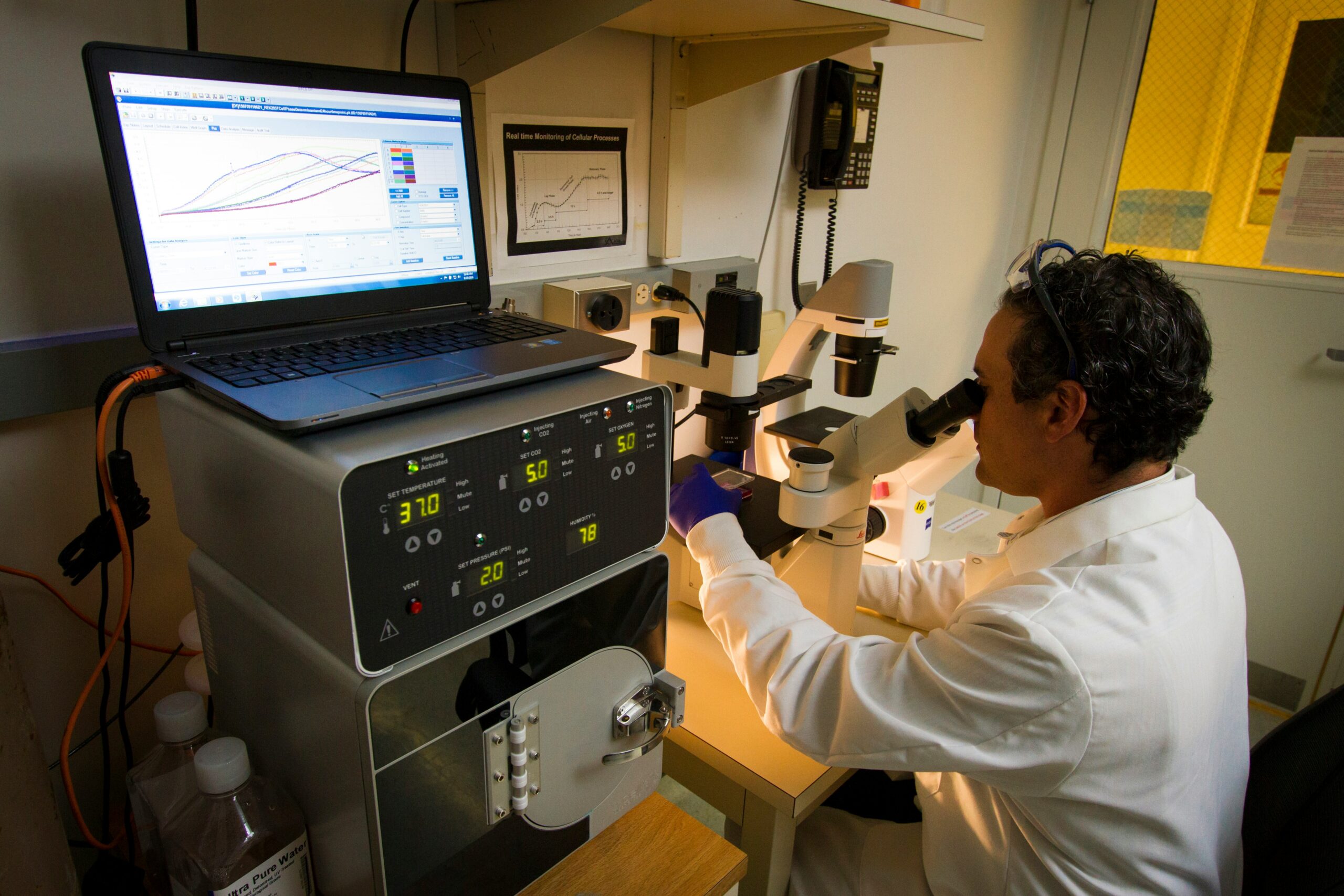
The world of medicine is changing faster than ever. New technology is not just helping doctors work better; it is transforming how patients experience care. This next generation of medical tools and methods is making health services faster, safer, and more personalized for everyone.
How Technology is Changing Patient Care
Patients today expect more than just a visit to the doctor. They want care that fits their needs, is easy to access, and helps them stay healthy longer. Next-gen medical technology meets these expectations by bringing innovation right to the bedside.
Smart devices now track vital signs in real-time. This means doctors can monitor patients closely without needing them to stay in the hospital. Wearable health gadgets send data straight to healthcare providers. This allows for early detection of problems before they become serious.
Telemedicine also plays a big role. Video calls and remote consultations remove barriers like distance and mobility. Patients in rural areas or with busy schedules can get expert advice without traveling. This makes care more equal and available to more people worldwide.
Personalized Care Through Data
One of the biggest leaps forward is using data to tailor treatments. Doctors no longer rely on one-size-fits-all methods. Instead, they use detailed information from each patient’s genetics, lifestyle, and health history to craft a unique plan.
Artificial intelligence helps sift through massive amounts of data quickly. It finds patterns that humans might miss. This means treatments can be more precise and effective. For example, cancer therapies now target specific genetic mutations, improving outcomes and reducing side effects.
Patients feel more involved in their care. With apps and portals, they can track progress, learn about their condition, and communicate with their medical team anytime. This transparency builds trust and encourages better health habits.
Faster, Safer Diagnostics
New technology also speeds up the process of finding the right diagnosis. Advanced imaging tools produce clearer, more detailed pictures of the body. This helps doctors spot issues earlier and with greater accuracy.
Lab tests are becoming quicker and easier to perform. Portable devices can analyze blood, saliva, or other samples in minutes. This rapid turnaround is critical in emergencies and for monitoring chronic conditions.
Safety improves as well. Automated systems reduce human error in data entry and prescription management. Robots assist in surgeries, offering precision beyond human hands. These tools lower risks and shorten recovery times.
Remote Monitoring and Care
The shift toward home-based care is one of the most exciting changes. Remote monitoring lets patients live more comfortably while still receiving high-quality care. Devices measure heart rate, blood pressure, glucose levels, and more. If something goes wrong, alerts are sent immediately.
This approach reduces hospital visits and admissions. It frees up resources and lowers costs for health systems. Patients benefit from less stress and disruption in their daily lives. The technology acts as a safety net, catching problems early and providing peace of mind.
Global Impact and Access
Next-gen medical technology is also helping bridge gaps between developed and developing regions. Mobile health clinics equipped with smart tools reach remote populations. Low-cost diagnostic kits enable faster care in places lacking full hospitals.
Training and support via digital platforms empower local healthcare workers. They gain access to the latest knowledge and guidance from specialists worldwide. This global sharing of expertise raises standards everywhere.
As technology continues to improve, its reach expands. More countries adopt digital health records, AI-driven tools, and telemedicine platforms. This creates a connected network of care, benefiting millions.
Challenges and the Future
Despite these advances, challenges remain. Privacy and data security are top concerns. Patients need assurance that their personal health information is safe. Regulations and technology must evolve together to protect everyone.
There is also a need to ensure technology does not widen inequalities. Access to devices and reliable internet is not universal. Efforts must continue to make sure no one is left behind as care becomes more digital.
Looking ahead, the future is bright. We can expect even smarter AI, better robotics, and more seamless integration of tools into everyday care. The goal is simple: better health outcomes for every patient, everywhere.